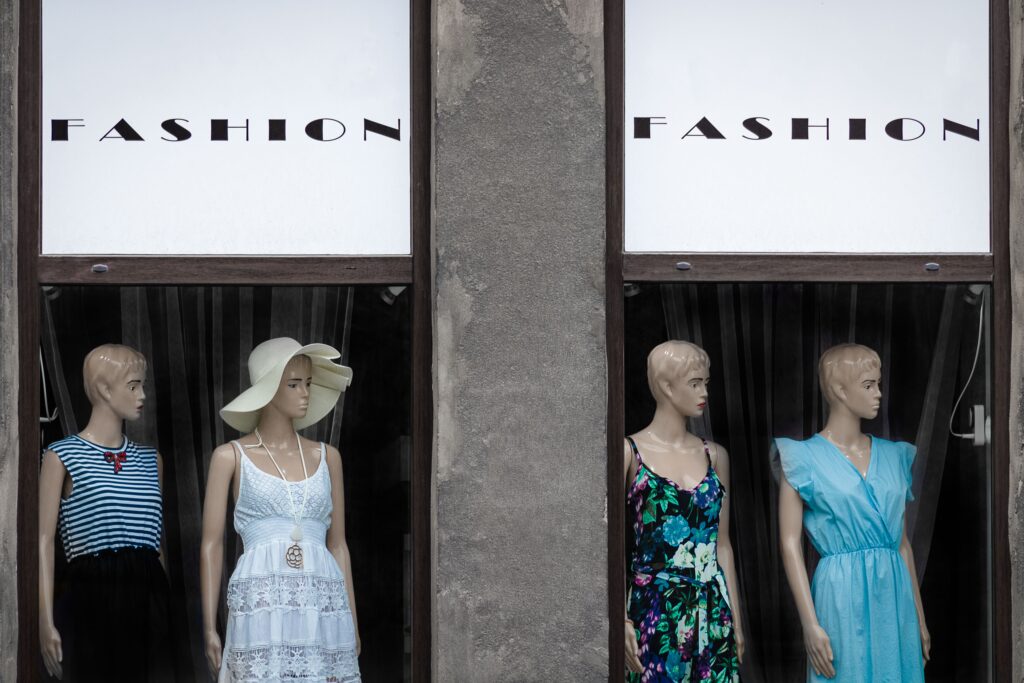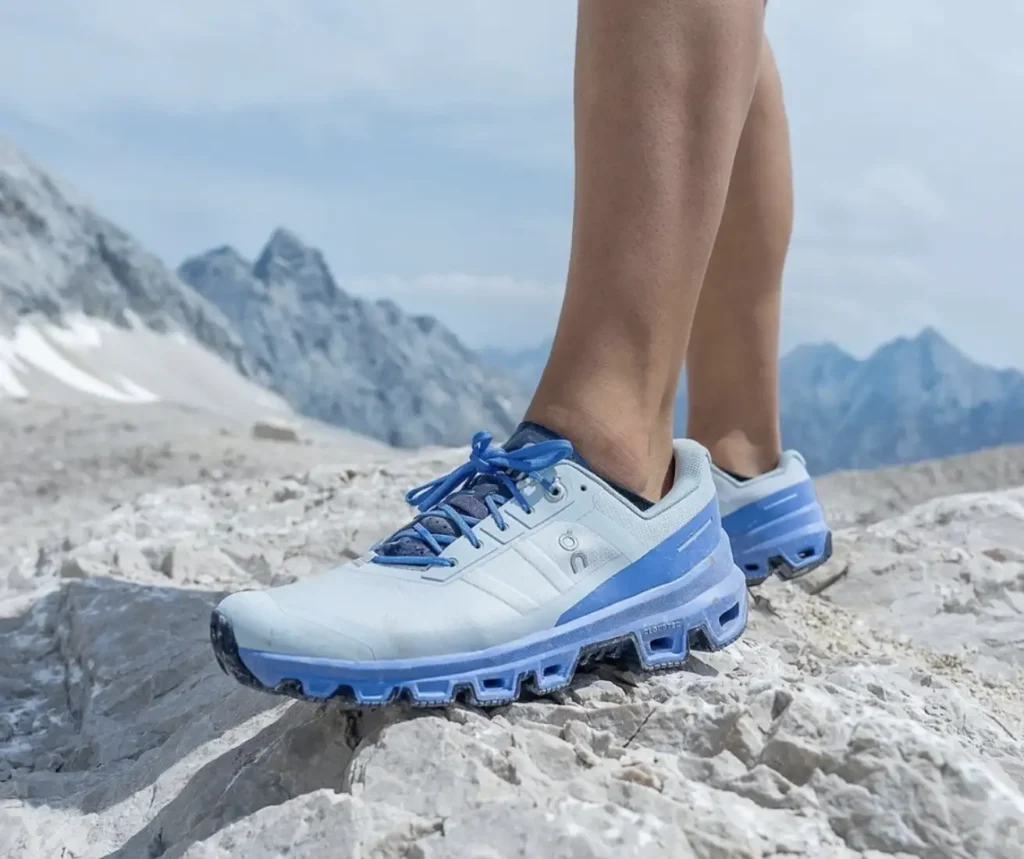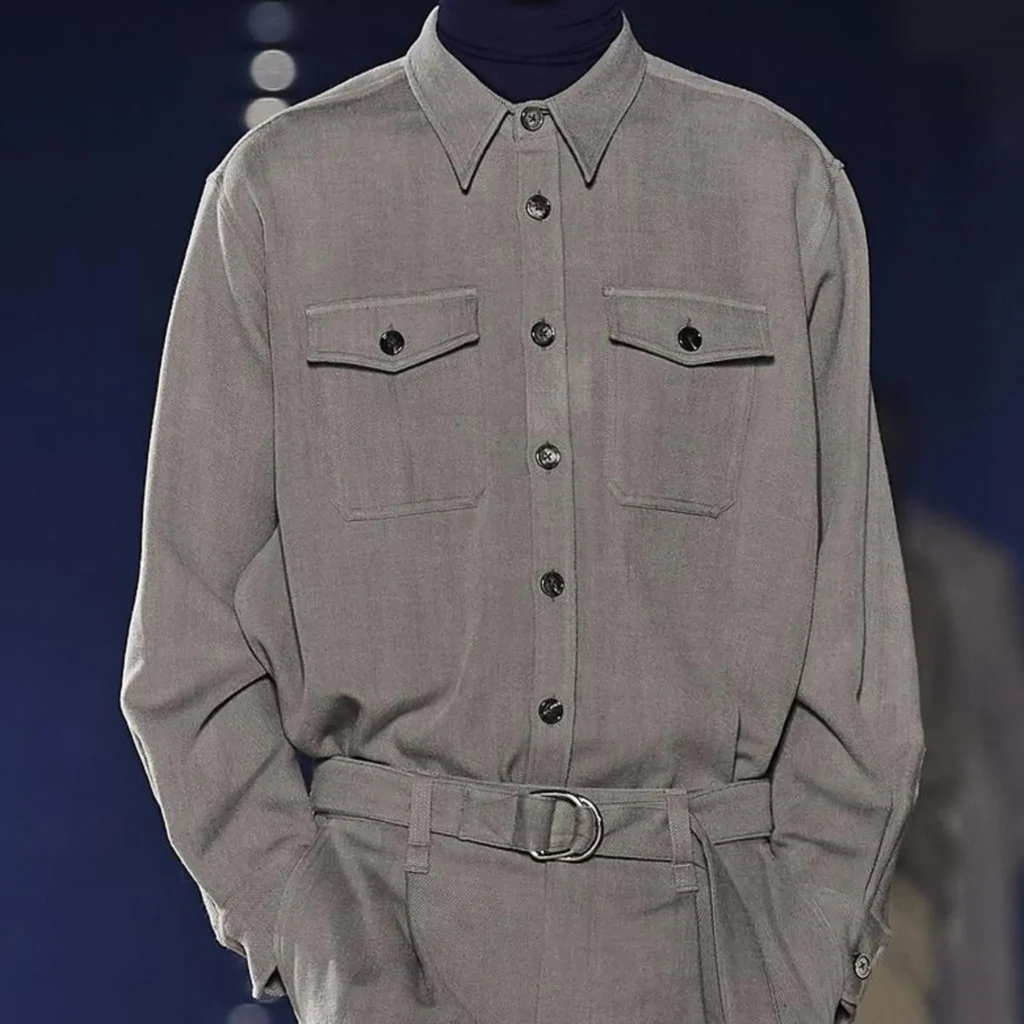Summary
- With increased digitalization, hyper-personalization, and the disruption of the historical trend curve, trend tracking has become more and more difficult.
- Staying competitive in the retail landscape requires embracing a retail analytics solution for accurate, real-time insights into what’s trending.
- Explore the strategic advantages, from identifying emerging trends to making informed decisions, using comprehensive metrics.
- Abercrombie & Fitch’s success story showcases the impact of data-backed insights from retail analytics in tracking trends to maximize customer demand and revenue.
Introduction
Being competitive in the world of retail means being on top of what is trending, and when. This may sound easy, but with the current culture where everything seems to be trending at once, and the traditional trend curve having been majorly disrupted by social media, relying on manual trend tracking is a recipe for disaster.
In order to keep up and ensure you are jumping on the right trends, your team can partner with a retail analytics solution so you can stop chasing the trends and, instead, get ahead of them.
The Importance of Tracking Trends
Staying current with what’s trending in your market is incredibly important to your business’s bottom line, brand image, and customer loyalty. When you get trends right, you make profitable decisions and increase customer satisfaction by stocking the items customers want, when they want them. If you fall behind, your customers may label you as lagging behind and look elsewhere when shopping.
By quickly tracking trends and staying on top of market activity, you can ensure your team isn’t spending excessive money on trends that are in today, but that will be over tomorrow, leaving you with excess inventory you now have to put on markdown or clearance.
Moreover, your team might feel paralyzed by tracking trends across runway, aspirational brands, social media, street style – the list is endless.
So, how do you determine what to focus on for your brand?
How Retail Analytics Help Your Business Succeed
Rather than chasing trends and simply going with your gut on which trends are worth investing in, utilizing retail analytics gives you the confidence to know what’s trending and what’s actually selling. This software automates traditional competitor shopping and provides you with comprehensive metrics. With these insights, you can:
- See the expected trends in your market before it’s too late to act.
- Identify brands within a specific region that are investing in a trend.
- Monitor key launch periods and product life cycles.
- Analyze best-performing styles and colors across your competitors.
- Isolate products that are brand new, selling out, and at full price.
- Understand if a trend is being discounted or continually replenished.
A retail analytics platform answers these questions by providing comprehensive real-time and historical market data and analytics from players in your industry. These platforms also offer thorough trend reports so you can see what is going to be the next big thing by tracking KPIs like speed to sell out at full price, average price point, and saturation in the market. These metrics help you understand how trends are evolving in the marketplace and how they have infiltrated social media.
With these reports, you can identify potential trends in your industry and then use the analytic software to see which retailers are stocking products adhering to this trend and what core products are available, enabling you to make business decisions that are more personalized to your customers.
Real-Life Example: How Abercrombie & Fitch Identified Fast-Moving Trends With a Retail Analytics Platform
US-based retailer Abercrombie & Fitch faced the challenge of lacking data-backed insights to convince buying teams to invest in new trends. Conducting trend research was time-consuming and manual, posing challenges for the teams to capture a holistic view of trending styles and maximize customer demand, as well as back up their design and merchant teams’ proposals with data.
The retailer partnered with EDITED and utilized data from the retail reports to identify fast-moving trends that its Gen Z customer base is responding to from a well known popular culture moment. These insights informed assortment decisions for its upcoming collections. Abercrombie’s product teams can now confidently and quickly capitalize on several top-performing trends emerging from pop culture, notably Euphoria’s Maddy’s black cut-out dress. EDITED’s data enabled the merchant team to maximize customer demand and buy this product for all stores globally, driving over $500,000 in incremental revenue.
Conclusion
Staying ahead in the dynamic world of retail requires strategic decision-making based on accurate and timely insights. Relying on manual trend tracking is no longer viable in a landscape where trends evolve rapidly, and customer expectations are high.
By leveraging comprehensive metrics and real-time data from retail analytics, businesses can make informed decisions, avoiding unnecessary expenses on short-lived trends.
Discover how EDITED trend-tracking technology can save you time and help your business stay competitive by scheduling time to talk with us here.




